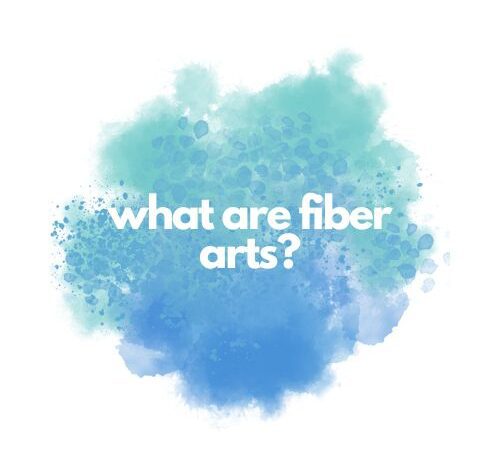Fiber Arts: that handiwork craft that’s rarely discussed. So…what are fiber arts? Basically, it’s any art that uses either natural or synthetic fiber. Think fabric, yarn, silk, and thread. Knitting, embroidery, sewing, felting, and crocheting are all fiber arts.
As SEL
It’s my anecdotal experience that kids are able to focus and calm down when doing a task that includes artistic fibers.
I’ve used yarn to create a human web to show shared connections at the beginning of the year (empathy, community). I’ve been in professional development sessions in which crafts using fibers are done as well.
As a Life Skill
Teaching a valuable handicraft also means that students are developing another skill set they’ll carry with them throughout their life!
Not only that, handicrafts like hand sewing provide the following benefits (among others):
- Fine Motor Skills Development
- Hand-Eye Coordination
- Pattern Recognition
- Cultivation of Imagination
- Persistence & Patience
- Ability to repair clothing without paying for it
- Builds Background Knowledge (a key indicator in reading comprehension success)
For more articles on this topic, you can read this article from Simply Charlotte Mason on handicrafts. Also check out this article on crafting from Scholastic Parents.
As Curriculum Support
I’ve also used fibers in tutoring sessions to form letters and words (tactile/kinesthetic). In the classroom, I’ve used fibers to review and reinforce polygons and other two-dimensional shapes.
Embroidery or just sewing over a handwriting worksheet (depending on skill level) is a great way to reinforce handwriting skills or letter knowledge. These same approaches can work for number recognition, too.
I also love the idea of using embroidery as a lesson tie-in to social studies when studying Colonial America, as this was a widely-used method in the schooling of girls at the time.
Other tie-ins are basic quilting to show story sequencing, using felt to create a puppet-like character (or a sock puppet!) to demonstrate character traits, and using yarn to create a literal web when learning about food webs.





